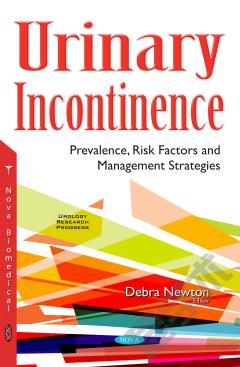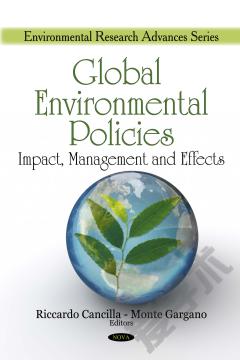Flooding: Risk Factors, Environmental Impacts and Management Strategies
This book is about flooding, the risk it imposes on human well-being and related activities, and the main approaches used to deal with the impacts. The aim is to derive lessons for flood risk management. The book covers experiences from case studies in the five countries of Argentina, Australia, Botswana, Brazil and Taiwan. It indicates that in most areas around the world, floods disrupt human activities and also pose threats to human well-being whereas in other areas, particularly wetlands around the world, they are viewed as useful for the sustainability of ecosystems and human livelihoods. Due to climate variability and change, floods are expected to increase in frequency and intensity throughout the world. There is need to evaluate the current structural and non-structural approaches for dealing with flood risk and the impacts on human systems. Decision-making on the adoption of either structural or non-structural approaches to flood risk largely depends on information available and the means to achieve the intended objectives. Understanding the risk posed by flooding requires multidisciplinary assessments on the biophysical, socioeconomic and cultural factors underlying the vulnerability of human systems. The book starts by identifying some methods which may be useful for flood assessments. Furthermore, it identifies the impacts of flooding and assesses the pros and cons of the related structural and non-structural responses. The challenges observed from the two main approaches are identified and suggestions are made for promoting flood risk management. Suggestions are made for strengthening support for non-structural approaches which are still inadequate in most developing countries, and require improvement in developed countries, given the increasingly complex nature of flood risk posed by extremes in climate variability.
{{comment.content}}








 京公网安备 11010802027623号
京公网安备 11010802027623号